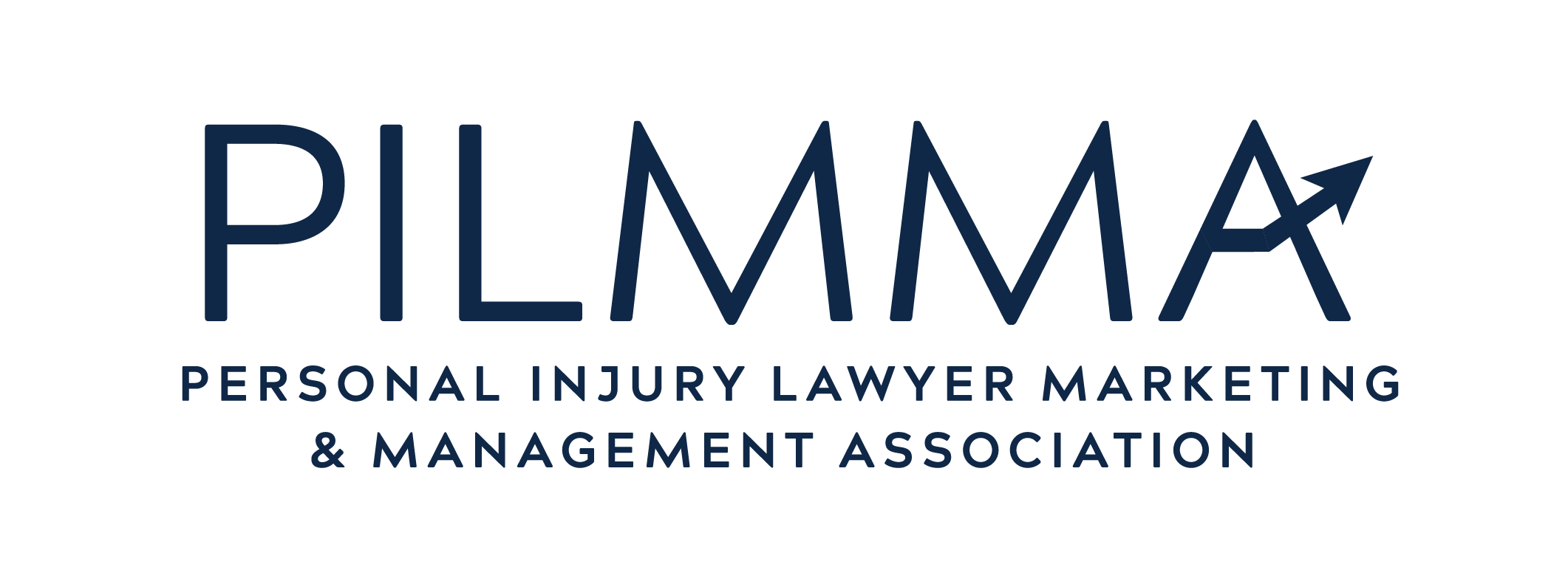When used skillfully…
— Humor brings your prospect over to your side and helps him see you as a friend.
— Humor builds an atmosphere of trust.
— Humor helps your prospect enjoy your message.
— Humor (specifically, laughter) produces endorphins, which creates in your prospect a sense of well being.
— Humor engages and entertains your prospect in a positive, uplifting way.
— Humor releases tension by physically and mentally relaxing both you and your prospect.
— Humor prepares your prospect to see things from new points of view.
— Humor makes your prospect more receptive to new ideas.
— Humor helps you present important and even controversial ideas in a non-threatening manner.
— Humor seizes and holds your prospect’s attention throughout your presentation.
— Humor paints pictures in your prospect’s mind.
— Humor helps your prospect cope and get through threatening situations.
— Humor helps give your prospect a sense of power over things beyond his control.
— Humor helps convey difficult messages and focuses attention on serious topics.
— Humor makes heavy material lighter and easier to digest.
— Humor makes key points easier to remember.
— Humor shows that you don’t take yourself too seriously.
WHEN TO USE HUMOR
Whether in a seminar setting, or one-on-one with a prospect, here’s how to get the most mileage from jokes and funny stories.
Opening: A joke or funny story helps prospects shift their attention from whatever was going on before — to where you want their attention: on you. Also, if your prospect might be up tight, a joke or funny story helps him loosen up and realize that the seminar (or meeting in your office) will be positive, constructive and relaxed.
During: If your subject is heavy or technical, insert something funny every ten minutes or so. This helps prospects relax and take a short break from their heavy concentration.
Closing: You want prospects to leave with a pleasant, positive feeling — and a smile on their face. Make sure you close with a great joke or story.
Disclaimer: I’m not suggesting that you always use humor. Depending on the type of law you practice, you might be talking with a prospect who has experienced a personal tragedy. So you be the judge. If you think humor might not be appropriate, then avoid it.
WHERE TO FIND MATERIAL
The most effective humor is in stories about your own experiences. Look for personal, self-effacing stories where the joke is on you.
Also, you can draw jokes and stories from publications. If you use current newspapers and magazines, you may find that your prospects have already heard the jokes and stories. To avoid this problem, check in publications dated several years earlier.
The source I often use for funny stories and situations is Reader’s Digest. The material is superb and clean. And you can usually adapt the story to suit your needs.
By far, the largest source of funny stories and jokes is the internet. Recently, I was looking for the setup to a joke for which I could remember only the punch line. I did a search for the punch line and, believe it or not, the joke appeared on the screen.
13 TIPS ON HOW TO USE HUMOR
Tip #1: Don’t take humor lightly. It is a serious subject.
Tip #2: Use self-effacing humor. You are always safe when you make yourself the butt of the joke. This helps you appear human to your prospect — and you don’t risk offending him in any way.
Tip #3: Avoid intellectual humor unless you’re sure your prospect will understand it. It’s easy to tell a story that’s so high-brow that it goes over your prospect’s head. Instead, I like silly stories, which usually reach the lowest common denominator.
Tip #4: Make sure your prospect can relate to your story’s topic. If you want to meet your prospect eye to eye, your story must focus on something that is within your prospect’s knowledge or experience.
Tip #5: Use stories and jokes that relate directly to the topic of your presentation.
Tip #6: Make sure your story or joke is clear and to the point.
Tip #7: Check your story or joke against the AT&T principle: Is it Appropriate? Is it Tasteful? Is it Timely?
Tip #8: Make sure the topic of your story doesn’t reflect on your knowledge or competence. We’re striving for unquestioned credibility, so don’t say anything that could undermine your prospect’s confidence in you.
Tip #9: Practice and perfect your joke or funny story. Look for ways to make the story appear spontaneous. Then connect it with the most important parts of your marketing message.
Tip #10: Focus on the story’s pace, intonation and pauses. Often, the silent pauses in stories are as funny as the punch lines.
Tip #11: Don’t repeat a story that fails. Don’t repeat a story that works.
Tip #12: Never use humor that is — or might be perceived to be — in bad taste. This includes anything relating to race, gender, religion, ethnic origin or disability. Make sure your jokes and stories are squeaky clean.
Tip #13: Remember, the safest jokes and stories are those that focus on you.
About the Author

© Copyright 2019 by Trey Ryder Marketing LLC. All rights reserved.

